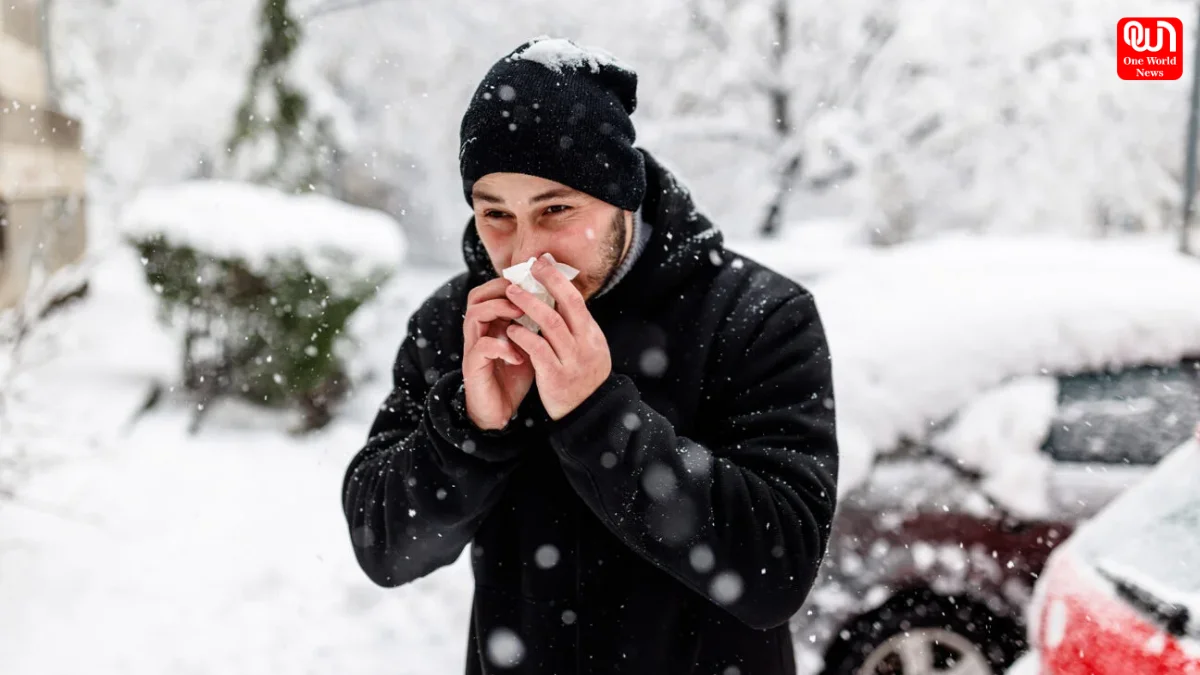Understanding the 5 Stages of a Cold: A Guide to Recovery
Discover the five stages of a cold, understand its symptoms, and learn practical tips to manage discomfort and speed up recovery effectively.
A Comprehensive Guide to the 5 Stages of a Cold and How to Recover Quickly
This common illness strikes millions each year and usually presents symptoms that are generally not severe enough to disrupt regular routines; however, for those who develop a cold, their daily routines will be hampered by discomfort. Understanding its cycle is also essential in getting rid of this illness quickly and efficiently. This article explains five phases of a common cold and what to expect of them.
1. Exposure and Incubation
The primary stage takes place when you contract the cold virus, usually by touching an infected surface or breathing in airborne droplets. The virus infiltrates your body through your nose, mouth, or eyes and immediately starts multiplying. At this point, you may not even notice any symptoms because the virus quietly settles into your system during this one to three days incubation period. This can be made possible by preparing your body through nutrient-rich food, hydration, and good hygiene to fight off the virus.
Read more: Healthy and Radiant: 5 Effective Hair Care Tips for Gorgeous Locks
2. Development of Symptoms
Early symptoms can include a sore throat, very mild congestion, and tiredness. This is the early response of your immune system to the virus. These symptoms begin mild but generally worsen the following day or two. At this point, resting and providing your throat some relief with warm fluids may assist in relieving discomfort.
3. Peak Symptoms
The most intense stage is characterized by such symptoms as a runny nose and continuous coughing, sneezing, headaches, body aches, and a low-grade fever. Nasal congestion further complicates breathing, which can be exacerbated by periods of increased fatigue. This usually happens over two to three days. Warm liquids, steam inhalation, or over-the-counter remedies can alleviate these symptoms while your immune system fights the infection.
Read more: Embrace Winter’s Magic: Top Destinations to Visit During the Cold Season
4. Recovery Phase
As the immune system gains control over the virus, symptoms begin to subside. The runny nose may transition to mild congestion, and the cough starts to ease. Energy levels gradually improve, but some fatigue may linger. This stage lasts three to five days, during which the body continues to heal. A nutrient-dense diet and staying hydrated can support this recovery process.
5. Post-Cold Recovery
Even though the more obvious symptoms dissipate after most people’s symptoms subside, minor lingering side effects can last as your body clears away remaining parts of the virus, sometimes for as long as a week in the majority of people with average health. Going back gradually to normal, taking care of oneself will further enhance chances for a complete recovery with minimal, if any, recurrences.
Final Comments
Knowing the stages of a cold equips you to better manage symptoms and prioritize self-care. Although usually harmless, seek a healthcare provider if symptoms persist beyond 10 days or become significantly worse. Prevention is always the best defense—regular handwashing, balanced diet, and hydration are great ways to keep the colds away. However, when a cold does strike, knowing its progression helps you keep control and recover more comfortably.
We’re now on WhatsApp. Click to join.
Like this post?
Register at One World News to never miss out on videos, celeb interviews, and best reads.








